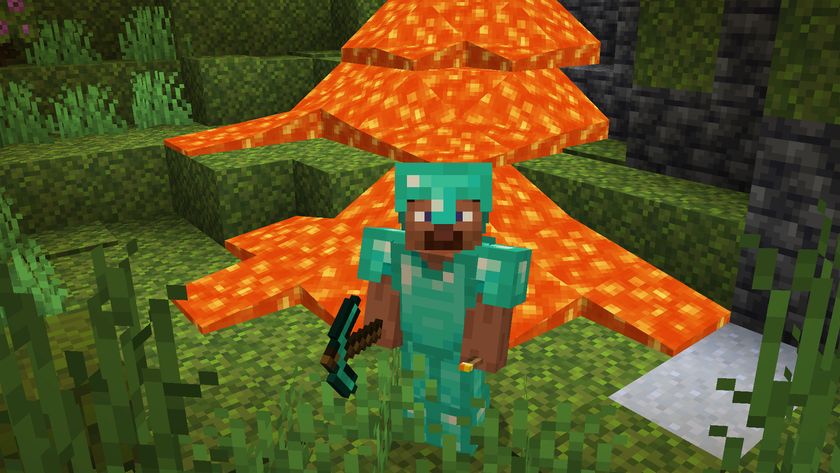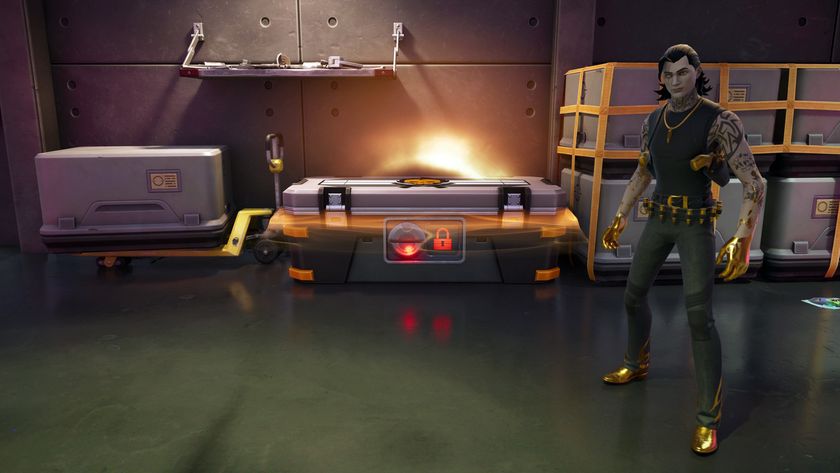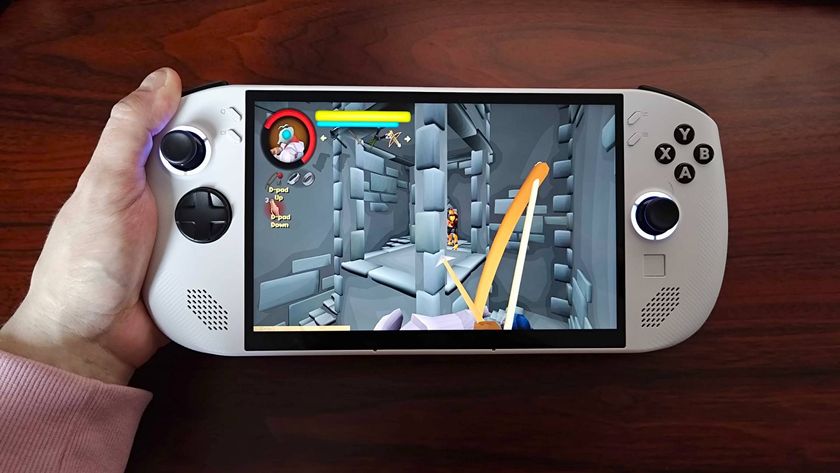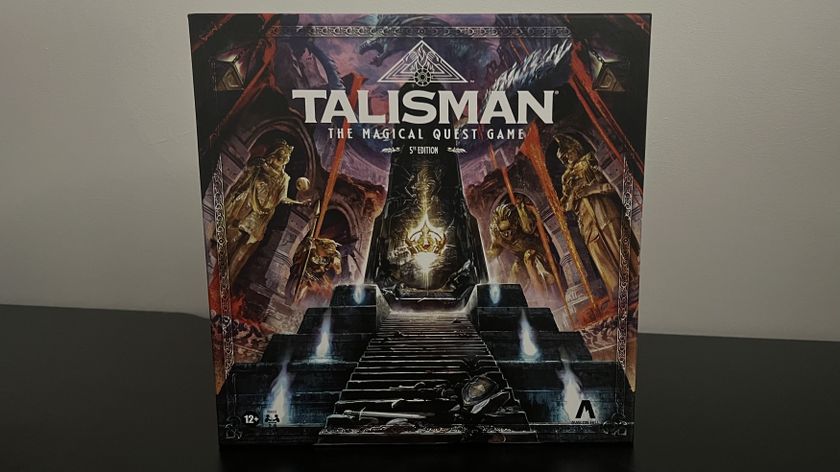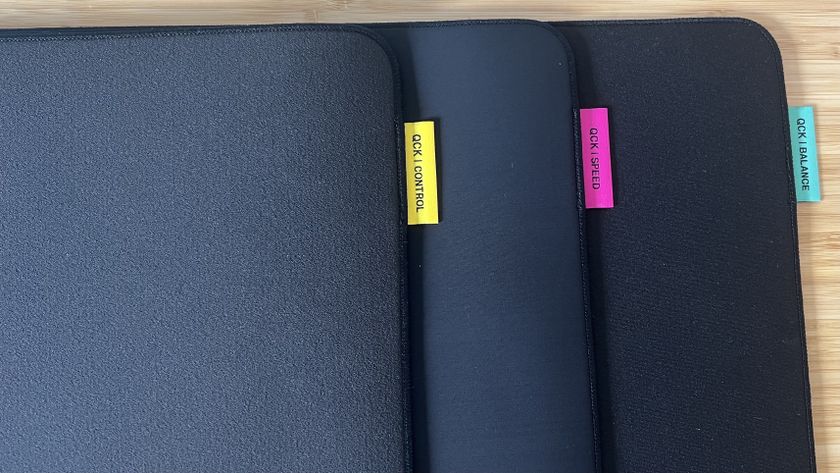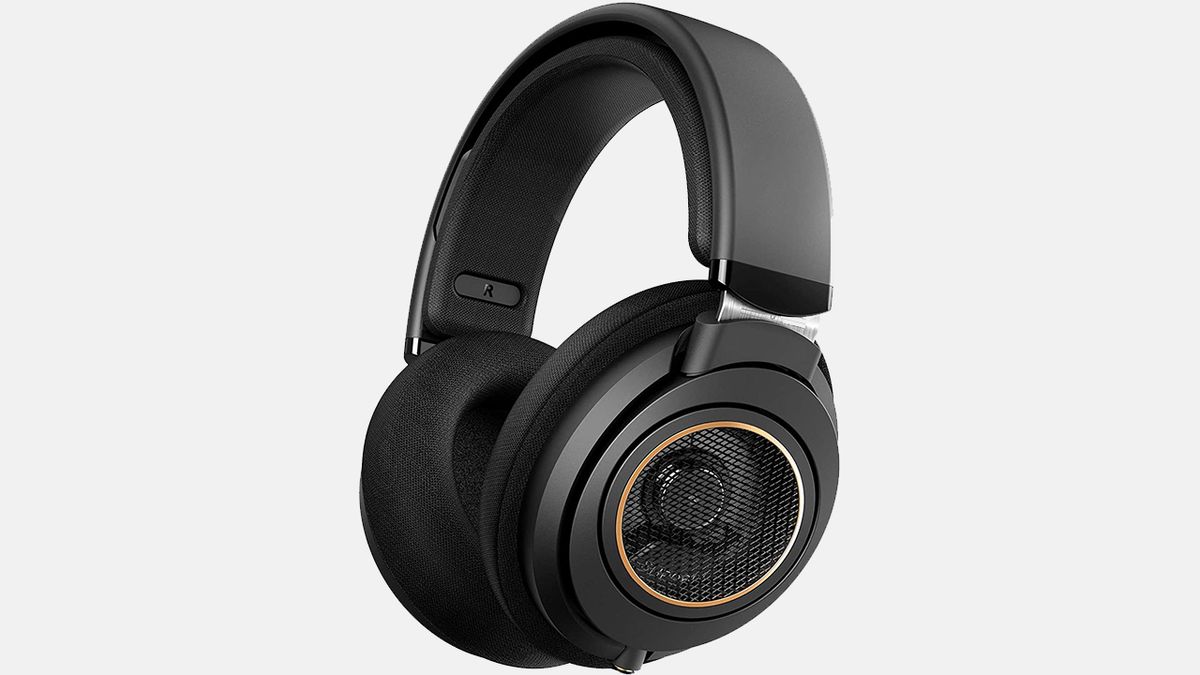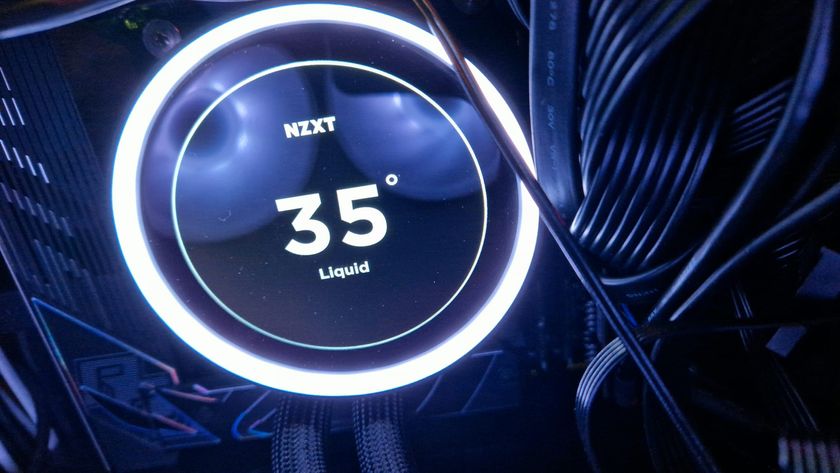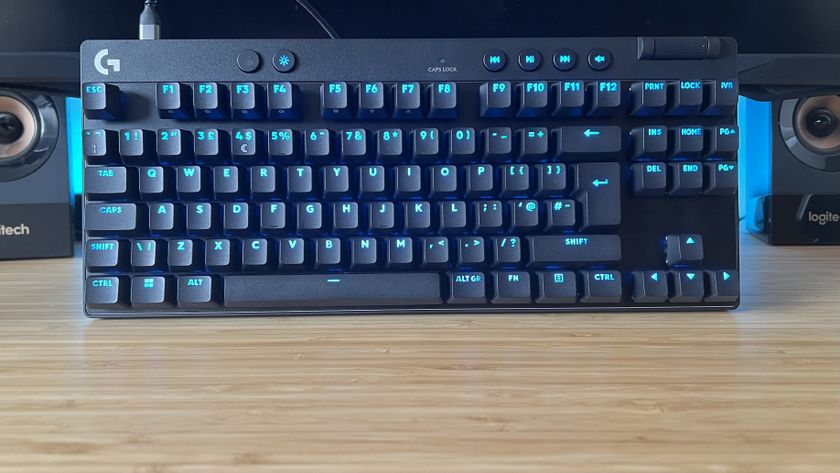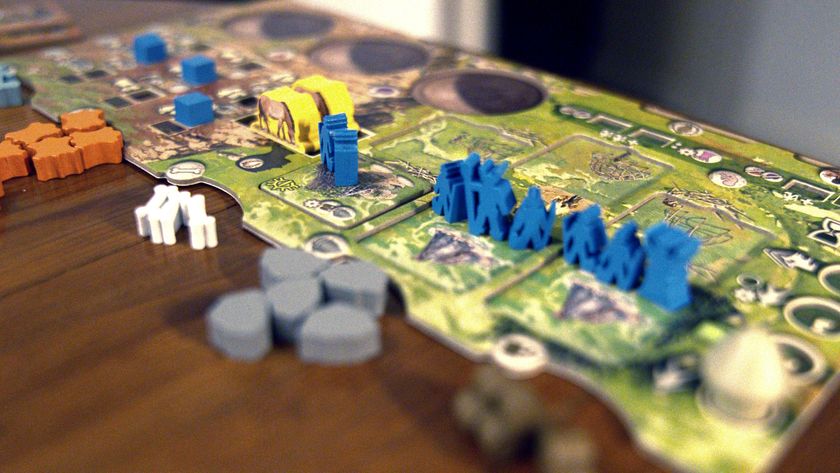12DOVE Verdict
A solid pair of headphones, but not worth the price tag when you can get the SHP9500 for so much cheaper.
Pros
- +
Comfy and light
- +
Decent bass
- +
Well built
Cons
- -
Minor upgrade over SHP9500 but double the price
- -
Treble is a little flat
- -
Connection to left earcup can come loose easily
Why you can trust 12DOVE
The Philips SHP9600 is one of two headsets released by Philips in 2020, the first being one we also covered recently with our Philips Fidelio X3 review. While the Fidelio X3 is a premium-priced set of headphones, coming in at over $300, the SHP9600 is the opposite; a somewhat cheap option at $130. Both are open-backed, over-ear headphones that target the average music-listener and movie-watcher, forgoing extras like a microphone for gamers. But how does the SHP9600 — the successor to the SHP9500 from a few years ago — fare against the best headphones?
Design
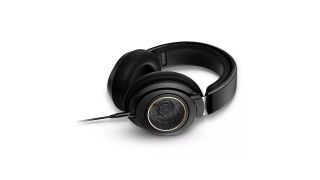
Type: Wired (3.5mm, and 6.3mm jacks)
Sound output: Dynamic
Microphone: N/A
Compatibility: PC, Mac, PS4, Xbox One, Switch, mobile
Controls: N/A
Impedance: 32 Ω (Ohms)
Frequency response: 12- 35,000Hz
There's no advert for "fine Scottish leather" this time; the SHP9600 gets straight to business. You get the headphones, one 3.5mm cable — excessively long once again — and a 3.5-6.3mm adapter. Unlike the X3, the SHP9600 opts for the standard one-sided cable from the left earcup.
When you compare the SHP9500 to the new release, the design is strikingly different on the exterior. While the overall shape is similar, the 9600 has a bronze ring on the outside of each earcup and the previously found white-on-black text is gone. This time, the only writing is the glossy black Philips logo atop the headband, giving the 9600 a much sleeker aesthetic.
As for actual build quality, you can't complain too much. A steel adjustable headband supports what is a comfy pair of cans to wear for long periods, especially since the entire headset is fairly lightweight. The earpads are a bit shallow for my liking — unless you've got small ears they'll be touching the sides — but nothing that makes it uncomfortable.
Performance
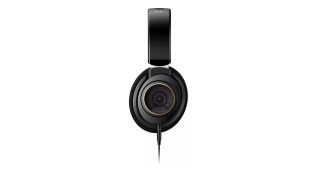
It's worth remembering that while the SHP9600 doesn't sound as good as the Fidelio X3 by any stretch of the imagination, it is also less than half the price. When you consider that, it's pretty impressive; the thumping bass in Booka Shade's Paper Moon quakes rhythmically, doing such a fantastic tune justice when compared to pretty much any similarly priced pair of headphones.
On the treble side of things, it does much less to impress. The directional audio in Faust's The Sad Skinhead sounds cracking, but the hi-hats and other high frequency notes sound slightly tinny. After giving Teresa Teng's Shei Lai Ai Wo a go, it provides the same results. It must be said that this is the only noticeable sound area these headphones disappoint though, because the mids sound just as great as the bass.
As is always the case with open-backed headphones, they're not the best choice if you often listen to your music in the same room as someone else, or in public transport. By design, there's a lot of sound bleed, especially if you've got the tunes cranked up. Not a problem if you're alone, but it can be a disturbance if not.
Overall
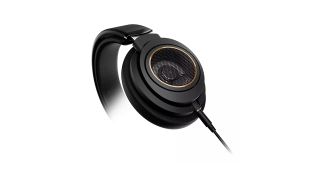
There's little wrong with the SHP9600 to be frank. I've had an inconsistent issue where the 3.5mm jack in the left earcup can come loose and sound starts to cut out, but it's an easy fix. The biggest problem lies in the fact that it's simply not much of an upgrade over the SHP9500, but it's almost double the price. More than double when you consider the fact the predecessor has been discounted multiple times over the last couple of years. So sure, this is an upgrade, but is it an upgrade worth $130 when you could grab the last pair — which arguably have a better aesthetic — for $70 maximum? Unfortunately, probably not.
Note: at this time we've not seen the Philips SHP9600 at UK retailers, but keep an eye on our price comparison chart below for updates.
Give me a game and I will write every "how to" I possibly can or die trying. When I'm not knee-deep in a game to write guides on, you'll find me hurtling round the track in F1, flinging balls on my phone in Pokemon Go, pretending to know what I'm doing in Football Manager, or clicking on heads in Valorant.
